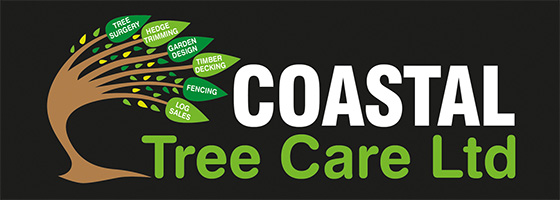The Coastal Tree Care team have been planting young, native trees, shrubs and hedging this week for PS Renewables (a solar farm installation company). Many planning authorities will stipulate the requirement for new planting to screen such developments to ‘soften’ their impact on the rural environment, and that’s where we come in. Most projects involve creating new hedgerows, and woodland areas to hide the solar panels from view, and in this particular case we also had to ‘gap-up’ an existing hedge line.
Sections of the hedge had long-since died back, leaving large gaps that needed to be filled with new plants. In addition, there were a few very old lapsed ash coppice stools that would have historically been cut and layered regularly to keep the hedge in good condition. Some of these old ancient ash tree stools were HUGE, and I would cautiously estimate them to be between 300 and 500 years old. They are now multi-stemmed trees of around 6 or 7 metres in height – and have grown slowly due to the pruning effect of strong winds that gust across the flat landscape. The tree shown below had large areas of decay in the bolling on the Eastern side, probably marking positions where previous large stems had been neglected and had torn out, leaving large wounds that had since been exploited by decay fungi .
In deference to the age and fragility of these specimens, we did not plant too close to them, and gingerly dug holes for the new plants to be sure we did not damage the existing roots. It is good management practice to ensure that ancient and veteran trees do not become crowded and shaded by younger trees, but in this case the new plants will be managed by regular cutting and maintained at around two metres, enabling the ash trees to grow on without hindrance.

